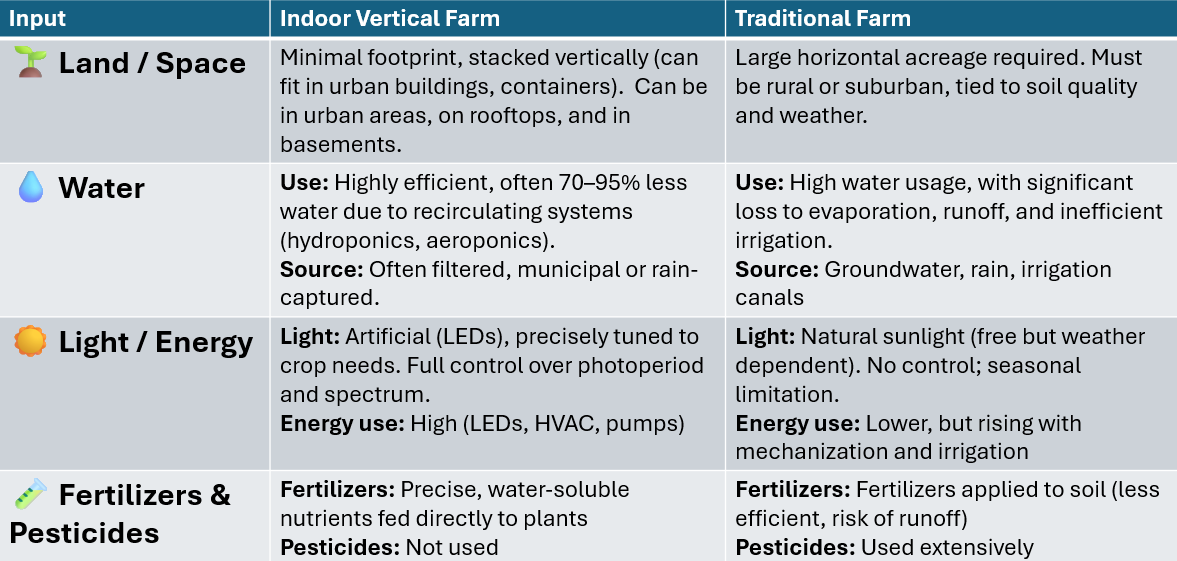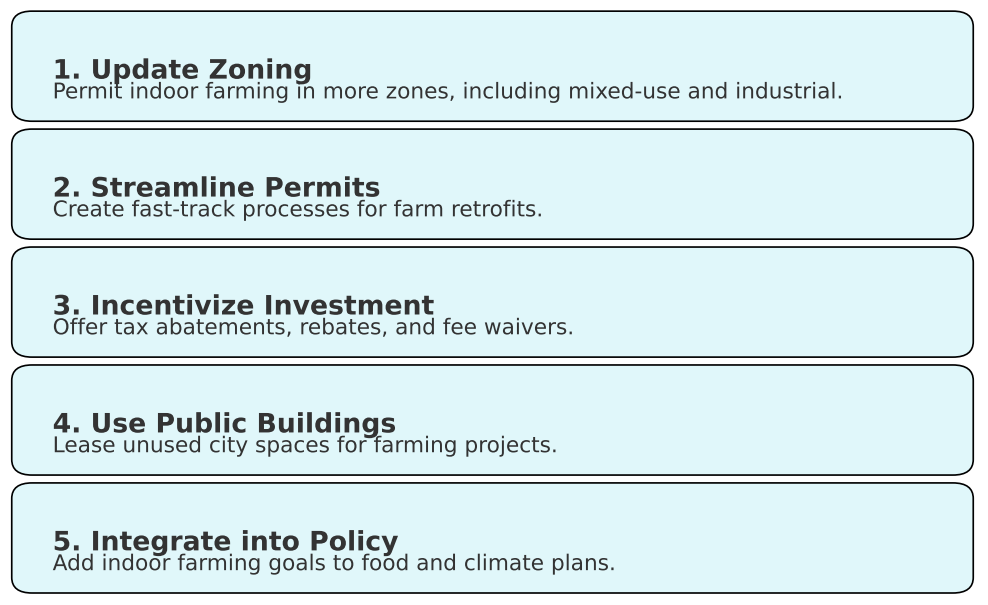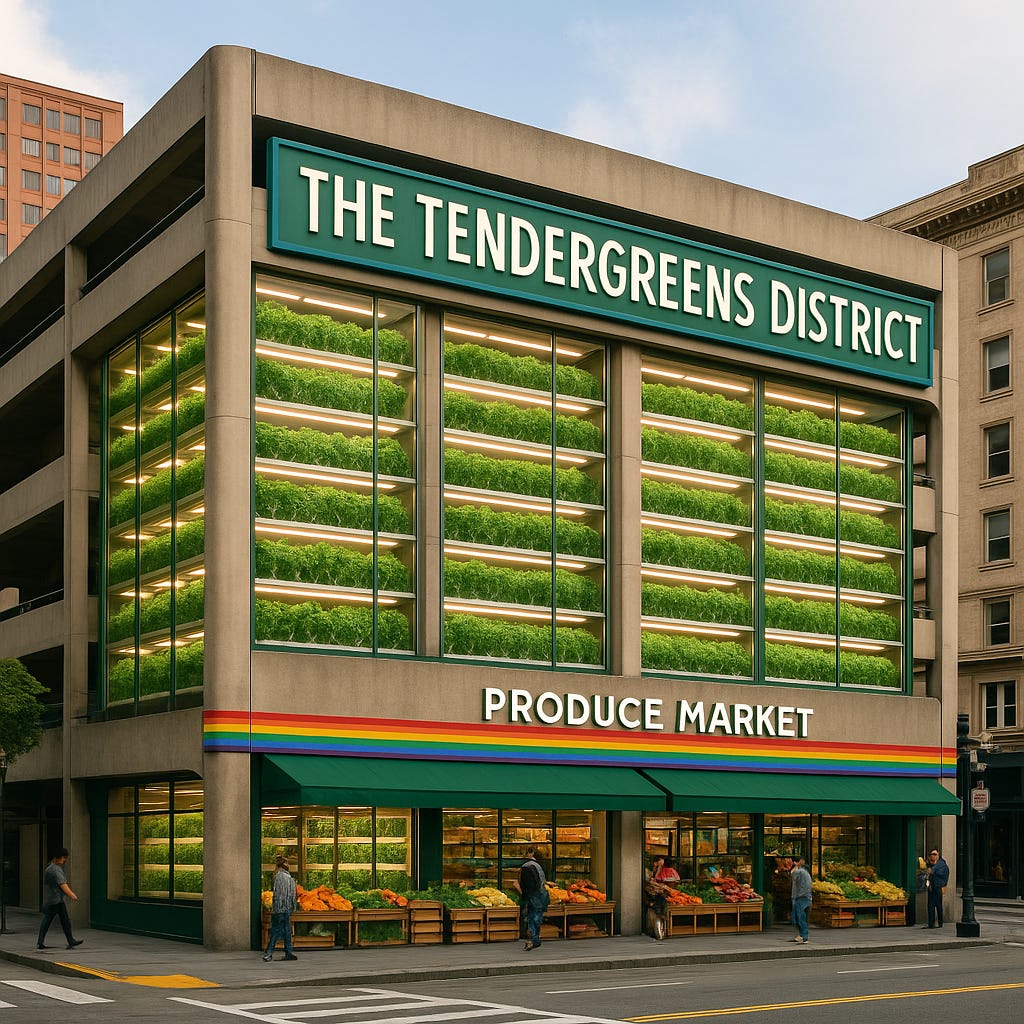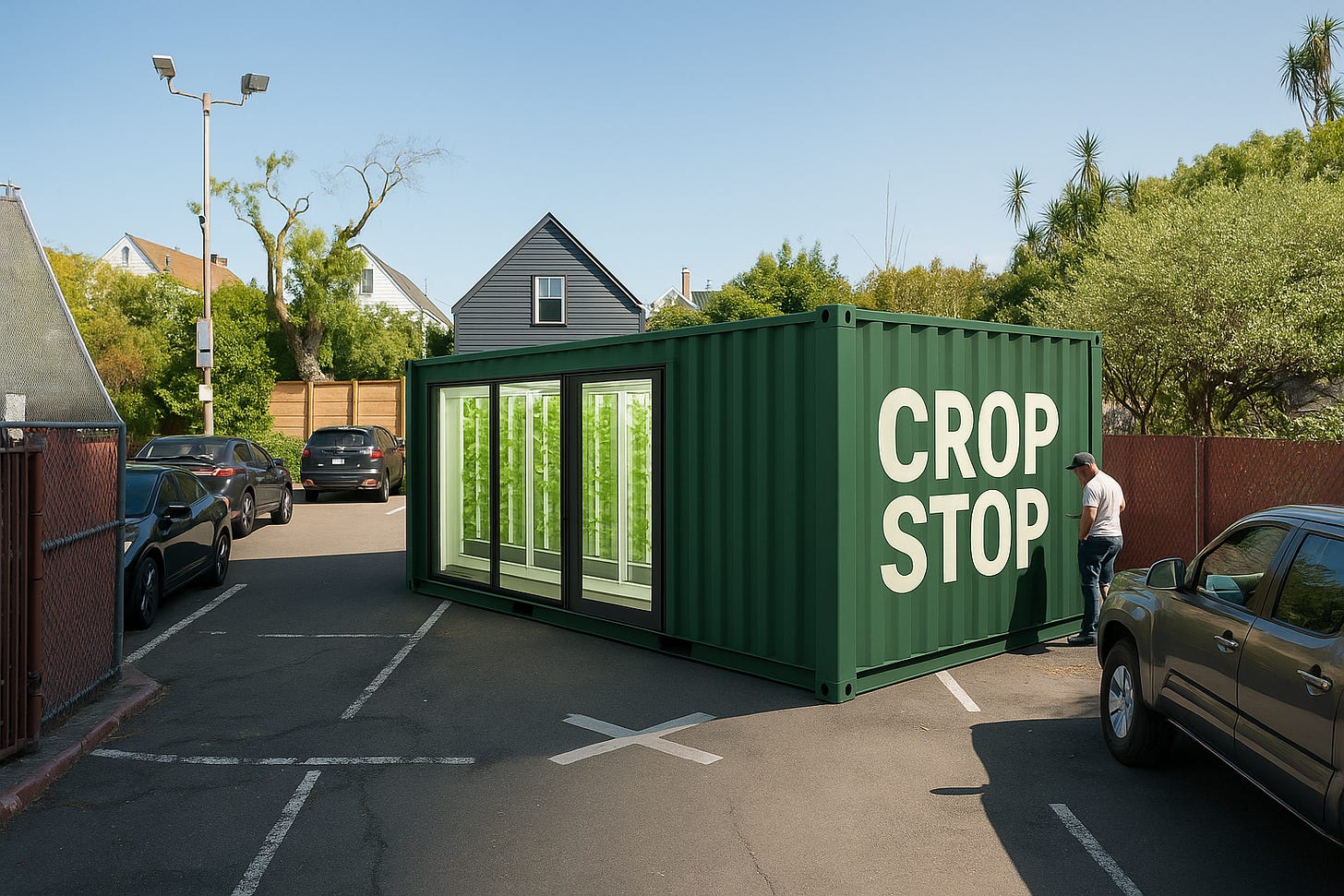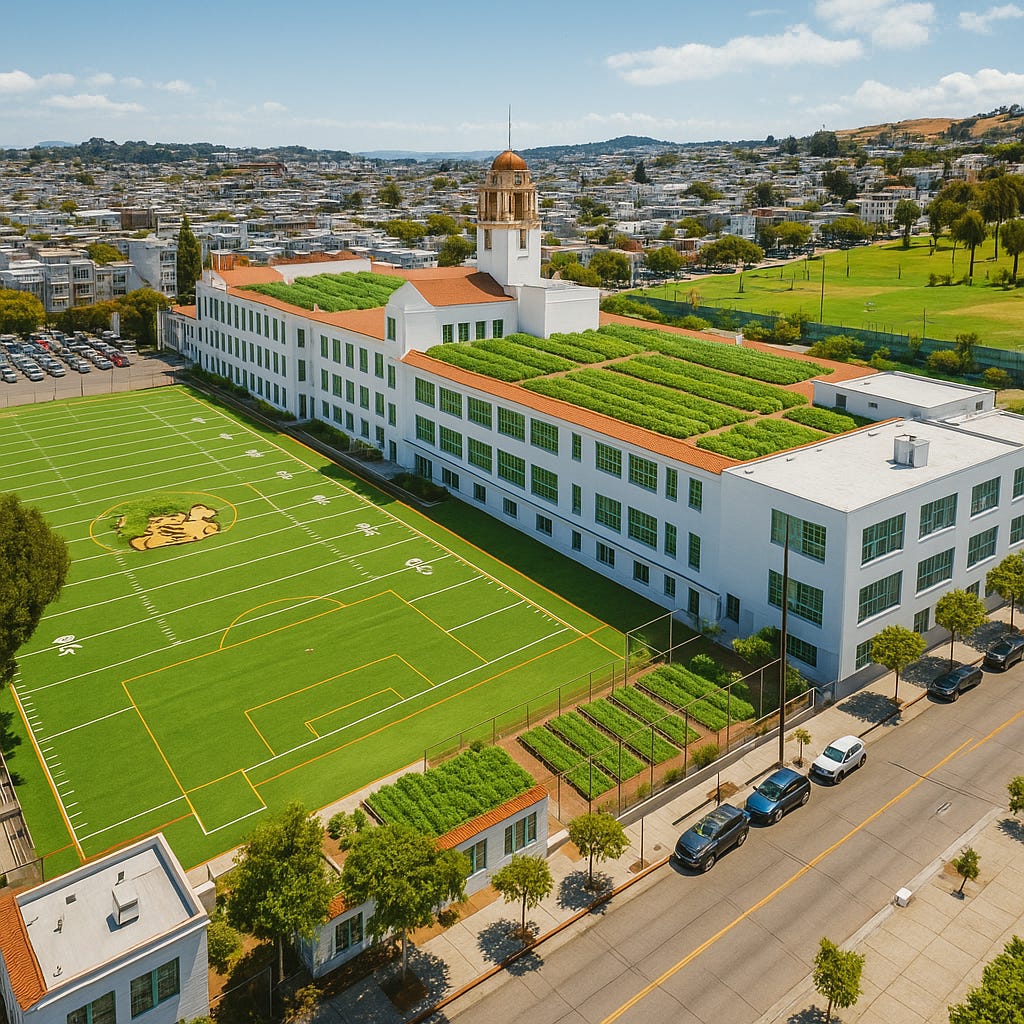Growing up: Vertical Farming in SF
Using a variety of existing technologies, we can create a more sustainable food future for SF and a model for the other urban centers around the world.
San Francisco knows how to reinvent itself. From gold rushes to tech booms, The City has always made space for what’s next—even when space itself is running out.
Now, with climate change coming in hot (and dry), it might be time we take our food game to new heights—literally.
Indoor vertical farming and hydroponics aren’t just TED Talk buzzwords. They’re real, scalable, and surprisingly sexy solutions to some of the biggest challenges facing modern urban living.
Why Go Vertical? Because We’ve Got Range
🚛 1. Even Closer is Waymo Better
A large portion of San Francisco’s produce is delivered by truck from several hours away. While that’s relatively local compared to most major U.S. cities, it still burns a lot of fuel, takes a lot of time, and ultimately means the food isn’t as fresh as it could be. With vertical farms in the city, we’re talking zero-mile salads. It’s farm-to-table, minus the bridge & tunnel.
💦 2. Stayin’ Alive… with Less
Hydroponics and vertical farming use a fraction of the resources that traditional farming guzzles:
🔥 3. Resiliency, Safety, & Preparedness
Climate disasters aren’t going away, and crops don’t do well when skies turn orange. Indoor farms are safe from smoke, pests, and unpredictable weather patterns—which means consistent crops and fewer existential panics per harvest.
🌆 4. We Outta Lands!
Urban farming the old-fashioned way is cute. But, unless you somehow get a permit to plant in Dolores Park (good luck with that, babe), traditional agriculture just doesn’t fit in a city this dense. Vertical farms, on the other hand, can turn warehouses, former office space, and even the sides of high-rises into lush growing towers.
How SF Can Actually Pull This Off
🗺️ 1. Get in The Zone
Right now, you can’t actually legally grow food for sale indoors. So, City Hall has to take a number of actions before anything else can happen:
🍴 2. Turn Empty Buildings into Edible Architecture
We’ve got vacant office towers, garages, and even old retail spots just sitting there. Turn them into stacked farms glowing with LED lights. Commercial vacancy rates will improve and so will access to ultra-fresh, truly organic, economically viable produce.
🤝 3. Keep It Community-Focused
This isn’t about creating high-end basil for $18 sandwiches in Hayes Valley (though, sure). It’s about fresh food access in every corner and pocket of the city. It’s about job training and bringing folks together. It’s about every neighborhood seeing itself in the city’s future.
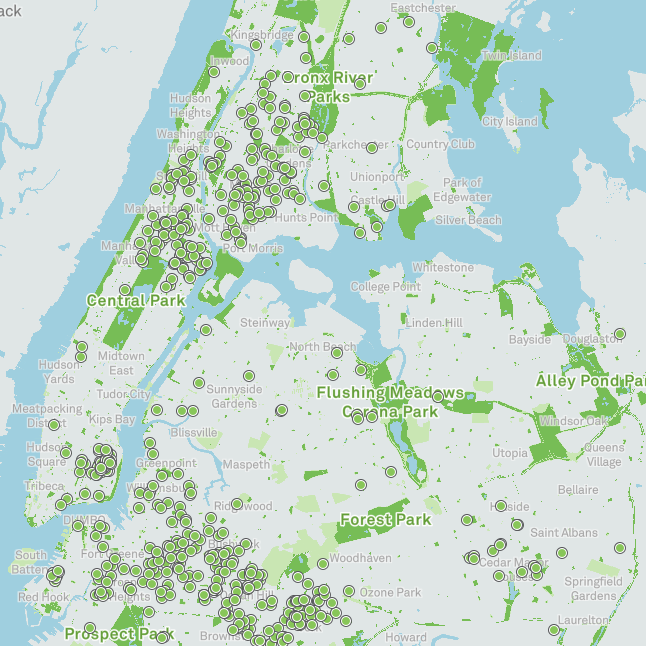
Picture It...
The Tendergreens District: Former parking garage, now a leafy vertical oasis, selling sliding-scale produce to the neighborhood.
The Castro Crop Stop: A fabulous little grow-lab right behind the bars, because nothing pairs with a vodka soda like locally-grown mint.
Mission: Possible: School rooftops transformed into safe, year-round learning gardens—because every kid deserves a little green with their education.
The Future Could Be Fruitier
San Francisco doesn’t need to become something new—we just need to keep becoming more of what we are. Innovative. Resilient. Inclusive. Willing to try something different when the old ways aren’t cutting it.
Indoor farming, vertical farming and hydroponics aren’t just smart—they’re so San Francisco. A little quirky, a little ahead of the curve, deeply committed to equity, and always down to find growth and beauty in unexpected places. Come on SF, lettuce do this!




